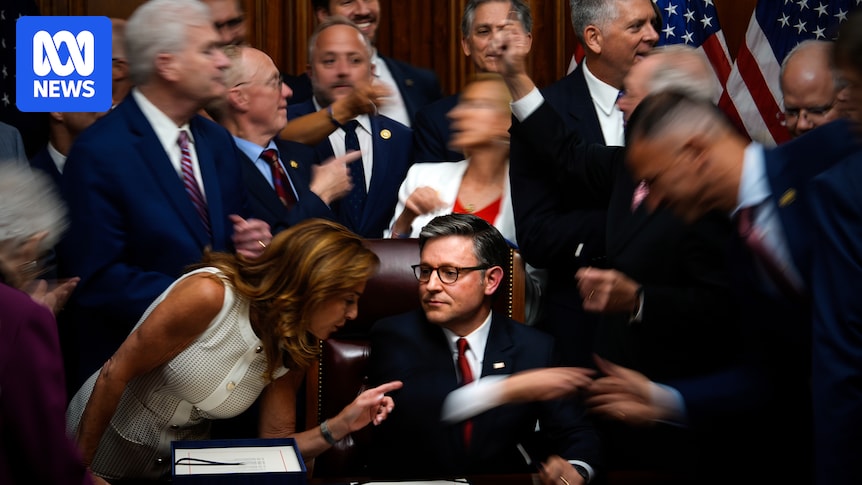
The Corporation for Public Broadcasting (CPB) has announced its closure, marking a significant setback for public media in the United States. This decision follows the Republican-controlled House of Representatives’ vote last month to withdraw $1.1 billion in funding over two years. The closure is a direct consequence of former President Donald Trump’s efforts to defund public media, which he criticized for promoting views contrary to his administration’s agenda.
The approval of Trump’s $9 billion spending cuts by the House, which includes reductions to public broadcasting and foreign aid, has fueled this outcome. Trump has consistently argued that public broadcasting exhibits a strong liberal bias, rallying his supporters against it. The shutdown of CPB is expected to have a profound impact on journalism and the cultural landscape across the nation.
Impact on Local Journalism and Cultural Programming
CPB plays a crucial role in funding both PBS and NPR, with the majority of its resources allocated to over 1,500 local public radio and television stations, particularly in small communities. These stations rely heavily on public donations, sponsorships, and local government funding to supplement their budgets. The loss of federal funding places many rural stations at risk, potentially affecting educational programming, local news coverage, and emergency broadcasts.
CPB’s contributions have been instrumental in the success of numerous iconic programs, such as NPR’s “All Things Considered,” “Sesame Street,” and historically, “Mister Rogers’ Neighborhood” and Ken Burns’s documentaries. “Sesame Street,” for instance, has been a staple on PBS since its debut in 1969, providing educational content to generations of children.
Efforts to Save CPB Funding
Despite efforts to preserve CPB’s funding, the corporation announced its closure 58 years after being established by President Lyndon B. Johnson. In a statement, CPB President and CEO Patricia Harrison expressed the difficulty of the decision, citing the funding cuts by Congress as the primary reason.
“Despite the extraordinary efforts of millions of Americans who called, wrote, and petitioned Congress to preserve federal funding for CPB, we now face the difficult reality of closing our operations,” said Patricia Harrison.
Democrats on the Senate Appropriations Committee made a last-ditch effort to save CPB’s funding. Senator Tammy Baldwin authored an amendment to restore funding for the coming budget year, but ultimately withdrew it. She remains hopeful for a resolution, stating, “It’s hard to believe we’ve ended up in the situation we’re in. And I’m going to continue to work with my colleagues to fix it.”
“Public media has been one of the most trusted institutions in American life, providing educational opportunity, emergency alerts, civil discourse, and cultural connection to every corner of the country,” added Ms. Harrison.
Phased Closure and Future Implications
CPB has informed its employees that most staff positions will end on September 30. A small transition team will remain until January to manage remaining tasks, such as ensuring continuity for music rights and royalties, which are vital to the public media system. NPR stations, which use federal funds for music licensing fees, will need to renegotiate these deals. NPR President and CEO Katherine Maher recently estimated that 96% of all classical music broadcast in the U.S. is on public radio stations.
As CPB winds down its operations, the implications for public broadcasting are significant. The closure not only threatens the survival of local stations but also raises concerns about the future of diverse and accessible media content in the United States. The move represents a pivotal moment in the ongoing debate over public funding for media and its role in American society.
The closure of CPB underscores the broader challenges facing public broadcasting in an era of polarized politics and shifting media consumption habits. As stakeholders navigate this new landscape, the future of public media remains uncertain, with potential consequences for the cultural and informational fabric of the nation.






